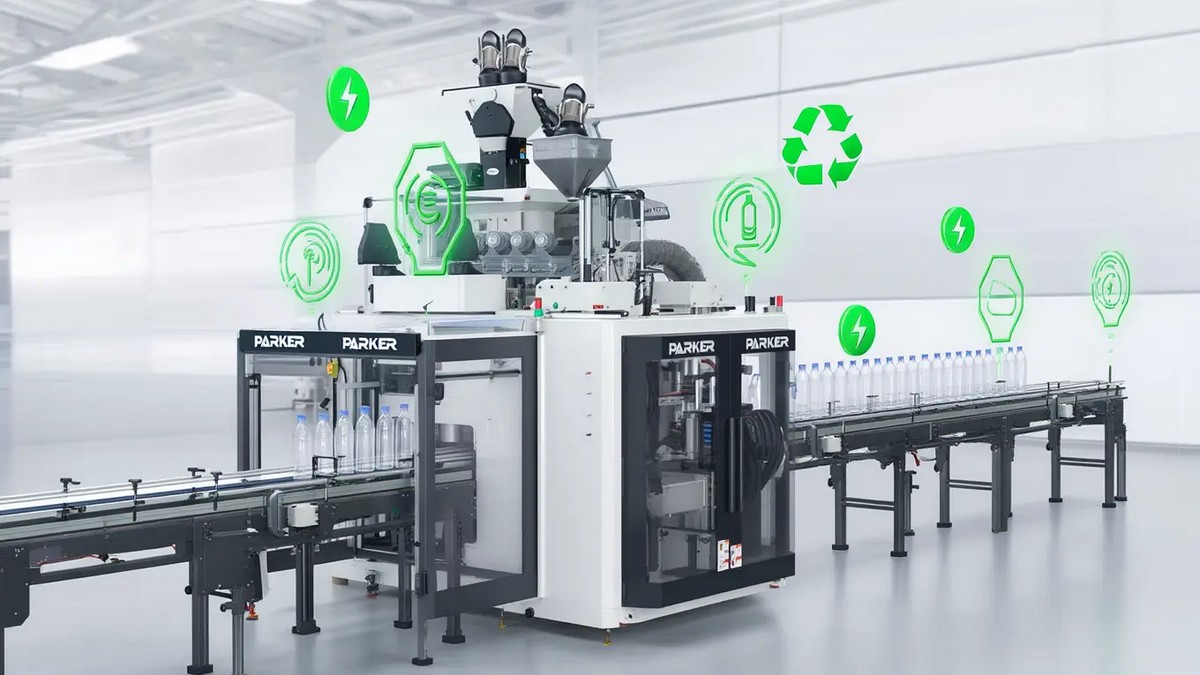Since the second quarter of 2025, international cotton futures prices have shown a significant upward trend, creating ripples throughout the global textile supply chain. In the face of this unprecedented market shift, textile companies are grappling with immense cost pressures and operational challenges. This article aims to provide a deep dive into the current state and underlying causes of this cotton price surge, its far-reaching impact on the industry, and offer concrete, actionable strategies and future transformation directions to help businesses effectively manage risk and maintain a competitive edge.
Analysis of the Current Global Cotton Price Surge
The price movement of international cotton futures is a core indicator of global cotton price volatility. Starting in the second quarter of 2025, cotton prices have been on the rise, drawing significant market attention. This trend is not only reflected in the futures market but also directly impacts spot market transactions, leading to higher raw material procurement costs for textile companies. The momentum behind this price increase suggests that the global cotton supply and demand relationship is undergoing a structural change.
A Deep Dive into the Main Drivers of the Price Increase
This surge in cotton prices is not caused by a single factor but is driven by a combination of two core forces: supply and demand.
Supply Side: Downward Revision of Production Forecasts
According to the latest report from the U.S. Department of Agriculture (USDA), this year's cotton production forecast has been revised downward due to climate variability in key global cotton-producing regions, particularly the United States. Extreme weather conditions, such as drought or unseasonal rainfall, have not only reduced crop yields but also increased the uncertainty of the harvest, leading to market concerns about future cotton supply. The reduction in supply is the most direct cause of the price hike.
Demand Side: Resurgence of Global Market Demand
As global economic activity gradually recovers from its post-pandemic low, especially with the rebound in consumer spending in major markets like Asia, the demand for apparel and textiles has also increased. The recovery in orders from retailers and brands has driven up demand for cotton raw materials from textile manufacturers, noticeably boosting market sentiment. The dual forces of tightening supply and recovering demand have together provided strong support for this cotton price increase.
The Impact of Rising Cotton Prices on the Textile Industry
The impact of rising cotton prices on the textile industry is multifaceted, primarily manifesting in the following areas:
- Increased Raw Material Procurement Costs:
This is the most direct impact. For textile companies highly dependent on cotton as their primary raw material, the increase in material costs directly squeezes profit margins and affects corporate profitability.
- Elevated Operational Risks:
The uncertainty of price volatility increases operational risks for businesses. If companies cannot effectively predict price trends and adjust their procurement strategies, they may face the dilemma of excessively high inventory costs or raw material shortages.
- Cost Transfer Pressure:
To maintain profitability, textile companies may need to pass on increased costs to their downstream customers, which could lead to higher prices for final products and affect consumer purchasing intent.
Response Strategies and Transformation Directions for the Textile Industry
Facing the challenges posed by rising cotton prices, textile businesses must adopt proactive response measures and consider long-term transformation directions:
Risk Management:
- Precise Monitoring:
Closely monitor international cotton price trends, production forecasts from authoritative institutions like the USDA, and analyze global economic dynamics to make more accurate procurement decisions.
- Hedging with Futures:
Use financial instruments like the futures market to hedge risks, lock in costs in advance, and mitigate the impact of price volatility.
Supply Chain Adjustments:
- Flexible Procurement:
Based on market expectations, adjust procurement plans in a timely manner, increase cotton inventory to lock in costs, or purchase in batches to diversify risk.
- Diversified Supply Chains:
Consider establishing partnerships with suppliers in more diverse regions to reduce dependence on a single source of supply.
Transformation Directions:
- Seeking Alternative Fibers:
Actively develop and apply alternative fibers, such as recycled fibers, man-made fibers (e.g., polyester), or other sustainable fibers, to reduce reliance on traditional cotton. This not only diversifies raw material risks but also aligns with the current market trend toward environmental protection and sustainability.
- Product Differentiation:
Focus on developing high-value-added products, enhancing brand value, and raising technical barriers to escape pure price competition.
Future Outlook and Risk Management Recommendations
The trajectory of global cotton prices is closely linked to macro factors such as the global economy and climate change. In the future, in addition to continuously monitoring price fluctuations, textile companies should establish a comprehensive risk management mechanism and incorporate sustainability and diversification strategies into their long-term planning. By leveraging precise market analysis, flexible supply chain management, and investment in new materials and technologies, businesses can effectively navigate challenges and turn crises into opportunities to enhance their competitiveness.







.jpg)
.jpg)
.jpg)

.jpg)

點-m-90454917_m.jpg)
